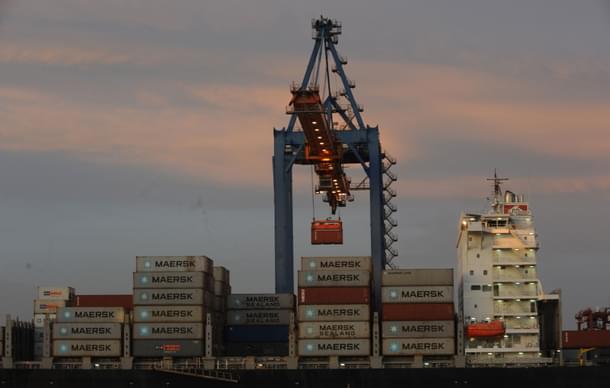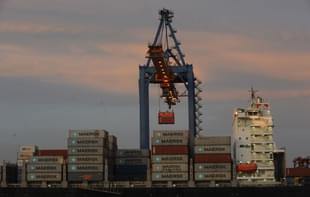Economy
August Data Points To Early Signs Of Revival In Economic Growth
Mint
Oct 02, 2017, 08:26 AM | Updated 08:26 AM IST
Save & read from anywhere!
Bookmark stories for easy access on any device or the Swarajya app.


Several sectoral indicators for the month of August point to early signs of a revival in economic growth, which slowed to 5.7 per cent in the June quarter, according to analysts.
The improvements suggest that the aftershocks of demonetisation and the rollout of the goods and services tax (GST) are wearing off.
Sales of two-wheelers, commercial vehicles and tractors, power generation, steel production, airport traffic and fund-raising from equity markets by businesses reported faster annual growth in August than in the previous month, brokerage Jefferies Group LLC said in a 25 September note to investors.

The uptick in inflation and weak credit growth in August, however, had a sobering impact on sentiment.
“Steady and robust” growth was visible for a while in sales of passenger vehicles and tractors, while early signs of growth recovery are visible in August in two-wheeler sales and in rail freight, UBS Securities India, another brokerage, said in a note to clients on the same day.
One of the bright spots in the economy is a 10.29 per cent jump in exports in August to USD 23.8 billion from USD 21.5 billion in the same month a year earlier.
The UBS report, however, cautioned that while manufacturing activity as reported by the Nikkei India Manufacturing Purchasing Managers’ Index (PMI) resumed expansion in August, services output remained subdued.
Manufacturing PMI rose to 51.2 in August, indicating an expansion from 47.9 in July. A reading above 50 indicates expansion, and below that a contraction.
Nikkei India Services PMI at 47.5 in August suggested services output declined for the second consecutive month, although the decline was less severe than in July, when the index was at 45.9, IHS Markit Ltd said on 5 September.
The Modi government, which was caught on the wrong foot on account of the unexpected deceleration of the economy in the fiscal first quarter from 6.1% in the preceding three months, is currently exploring policy measures and administrative reforms that could spur investments.
Policymakers hope that the “frontloading” of public spending in the early months of the current fiscal year is helping funds to be utilized efficiently and will lead to a pick-up in growth in the coming months.
However, any decision to deviate from its fiscal consolidation plan will only be taken as part of the budget exercise and with the sanction of Parliament, two finance ministry officials said on condition of anonymity.
Economists said that the effects of demonetisation and GST may be diminishing, but the overall weakness in the economy is still a cause for concern.
“I would not necessarily call it a revival. The exceptional slowdown in the GDP growth rate (in the June quarter) on account of supply disruptions arising from GST rollout is reversing. Also, coal offtake which suffered during monsoon has picked up in August. We are back on track, but below the anticipated levels,” said HDFC Bank chief economist Abheek Barua.
“The key positive in August was the further acceleration in commercial vehicle sales and uptick in exports and imports. The key negative was the uptick in inflation, and weak credit growth. Freight data remained mixed with ports remaining weak and railway freight improving,” said the note from Jefferies Group. (Mint)





